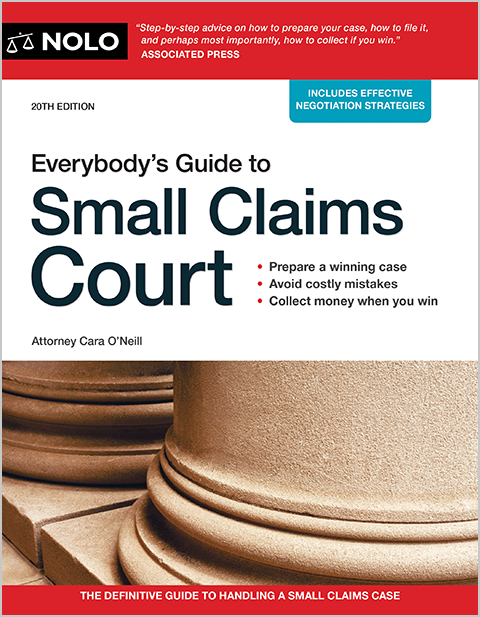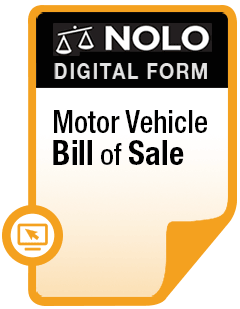Photos are the best way to paint a picture of the car accident scene and preserve visual evidence for your injury claim or lawsuit.
Being involved in a car accident is stressful enough without having to worry about sticking to a to-do list afterward. But it's important to do what you can to make a record of what happened. Once you've made sure everyone is okay, one of your top priorities should be taking pictures of the accident scene, vehicle damage, and other details related to the crash. By carefully and thoroughly photographing the aftermath of your crash, you can protect your legal rights in any resulting car accident lawsuit or insurance claim.
How Will Photographs Help Your Car Accident Claim or Lawsuit?
After a car accident it's common for disagreements to crop up over:
- who was at fault
- the cost of repairing a damaged vehicle, and
- the extent of any injuries suffered in the crash.
Taking photographs of the scene and other details surrounding the accident is a great way to preserve evidence you can present to insurance adjusters who are investigating your claim. Pictures of the accident scene will also be a big asset if a personal injury lawsuit is filed as a result of the accident.
These photos can be used to help create a record of:
- the location of the accident (i.e. an intersection)
- road and weather conditions at the time of the crash
- the position of the vehicles
- collision points, and
- debris and other details.
Pictures like these can also help refresh your memory down the road when you're speaking to the insurance company or testifying in a car accident deposition or in court.
Do Your Best With the Camera You Have
Keep in mind that you're simply trying to preserve evidence, not win any photography awards. So any type of device that takes pictures will suffice—for most people, that means a smartphone camera.
Whatever device you're using, do your best to take advantage of its capabilities and work within its limitations. For example:
- If your camera or device has the ability to time/date stamp photos, be sure you have that function enabled.
- Be aware of sunlight and weather conditions and how those might affect your photographs, especially those relating to damage to your vehicle.
- If possible, use different flash intensities, and/or take the same photographs with and without flash.
- Experiment with your phone or camera's settings and features. For instance, you may have the ability to take wide-angle photographs or utilize other innovative options that could better capture what happened.
Be Sure to Capture the Details
It may not be obvious which details of the accident will become important later on. So the more pictures you can take, the better. If you have a device with limited storage capacity, choose your photographs carefully. But, if you can take a lot of pictures and then sort through them later, that's the best way to go.
Try to take pictures of:
- your car, and the damage it sustained
- the other cars involved in the accident, and the damage they sustained
- any skid marks
- any vehicle parts, shattered glass, or other debris that may have fallen onto the road
- the accident site (i.e., the intersection, parking lot, or other location)
- the location and condition of stop signs and traffic signals
- the environment and weather conditions, and
- any visible bodily injuries you've sustained, and
- visible injuries to your passengers and other parties (if this is feasible and the other people consent to be photographed).
Take Photos from Different Angles and Distances
It's best to take a wide variety of photos. Try to snap photographs from at least three different angles and distances:
- For close-up photographs, try to take the picture from a distance of one to five feet from the subject.
- Take medium distance photographs from about 10 to 15 feet away.
- If it's safe and makes sense to do so, take long distance or panoramic photographs from 20 or more feet away.
When taking pictures of vehicles and the surrounding area, try to keep a common landmark in each of the photographs in order to demonstrate distance and scale.
Learn More About What to Do After a Car Accident
After a car accident, it's important to know how to preserve the evidence that will help you get compensated fairly. If you've been in an accident, you can read more about how to file an insurance claim. Depending on the severity of your injuries, your economic losses, and how the claims process goes, you may want to consider filing a car accident lawsuit. Before you do, it would probably be a good idea to speak with an attorney who can advise you about the best way to proceed.



